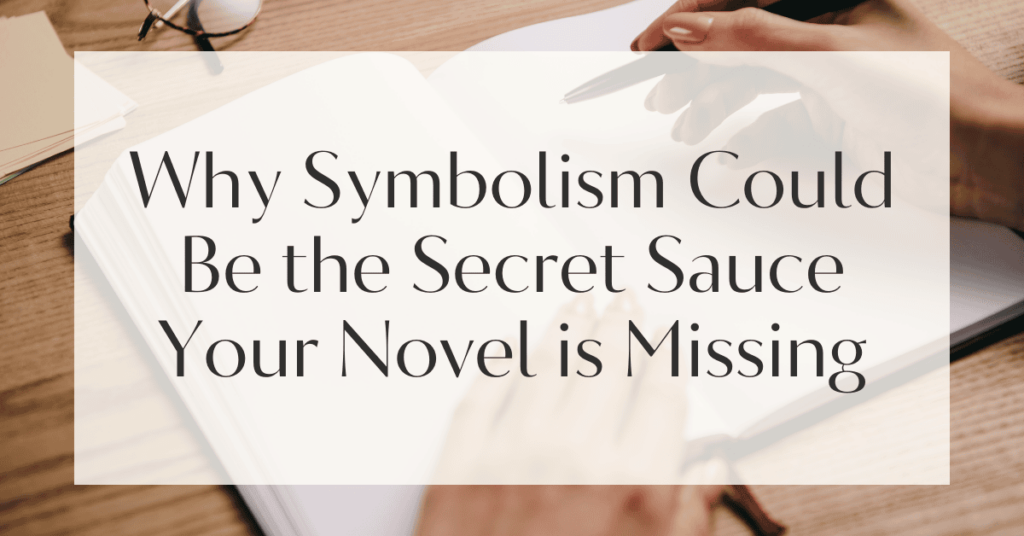Have you ever felt that your novel is missing a certain spark, something that could elevate it from good to extraordinary?
What if the secret ingredient lies in the hidden depths of symbolism in novels?
This literary device has the power to enrich narratives, create emotional resonance, and engage readers on a deeper level.
By weaving symbols into your story, you can transform it into a tapestry of meanings that resonate with readers long after they turn the last page.
Understanding Symbolism in Novels
Symbolism is not just a tool for embellishing a story; it is a fundamental aspect of storytelling that adds layers of meaning and complexity.
But what exactly is symbolism, and why is it so important in literature?
What is Symbolism?
Symbolism refers to the use of objects, characters, or actions to represent abstract ideas or concepts beyond their literal meaning.
Think of it as a narrative shortcut that conveys complex themes without spelling them out.
For example, in literature, a heart might symbolize love, while a storm could represent turmoil or change.
These symbols allow readers to infer deeper meanings, making the story more engaging and thought-provoking.
To identify symbols in literature, look for recurring objects, themes, or motifs that seem to hold special significance.
These elements often carry deeper meanings that enhance the narrative.
The Importance of Symbolism in Literature
The importance of symbolism in literature cannot be overstated.
It serves several key functions: it enriches the narrative by adding depth, engages readers by inviting them to uncover hidden meanings, and highlights key themes without overt exposition.
Symbolism can also evoke emotions, making the reader’s experience more immersive and memorable.
Types of Symbolism
Symbolism comes in various forms, each offering unique ways to add depth to your writing.
Let’s explore some of the most common types of symbolism found in literature.
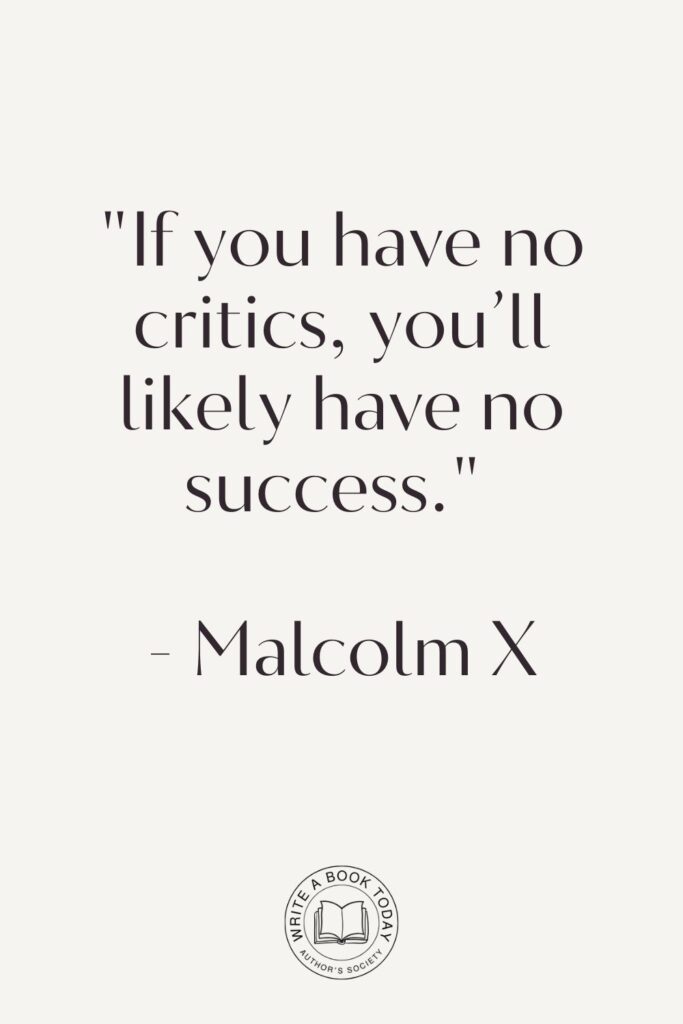
Universal Symbols
Universal symbols are those that are widely recognized across different cultures and time periods.
They tap into the collective unconscious, carrying meanings that are understood globally.
For instance, a dove often symbolizes peace, while a serpent might evoke notions of danger or wisdom.
These symbols are powerful because they resonate with universal human experiences.
Cultural and Personal Symbols
Cultural symbols derive their meaning from specific cultural contexts. They reflect shared beliefs or values within a community.
Personal symbols, on the other hand, hold significance unique to a particular character or narrative.
For example, a locket in a story might symbolize a family secret or cherished memory.
These symbols add a personal touch, enriching the story’s emotional landscape.
Google Docs is for notes. Scrivener is for novels. Upgrade your writing game and try it for free today!

Character Symbolism and Development
Characters themselves can be symbols, embodying larger ideas or themes. For instance, in J.K. Rowling’s “Harry Potter,” Harry’s scar symbolizes his survival and connection to Voldemort.
Character symbolism can deepen a reader’s understanding of a character’s journey and motivations, adding richness to their development.
Nature and Color Symbolism
Nature and color are rich sources of symbolism. A storm might symbolize conflict, while the color red could represent passion or danger.
These symbols can enhance the atmosphere of a story, subtly influencing the reader’s perception of events and characters.
Symbolism in Everyday Life
Everyday objects can also carry symbolic weight. A broken mirror might symbolize shattered identity, while a road can represent a journey or life path.
By incorporating familiar symbols, writers can create a connection between the story and the reader’s own experiences.
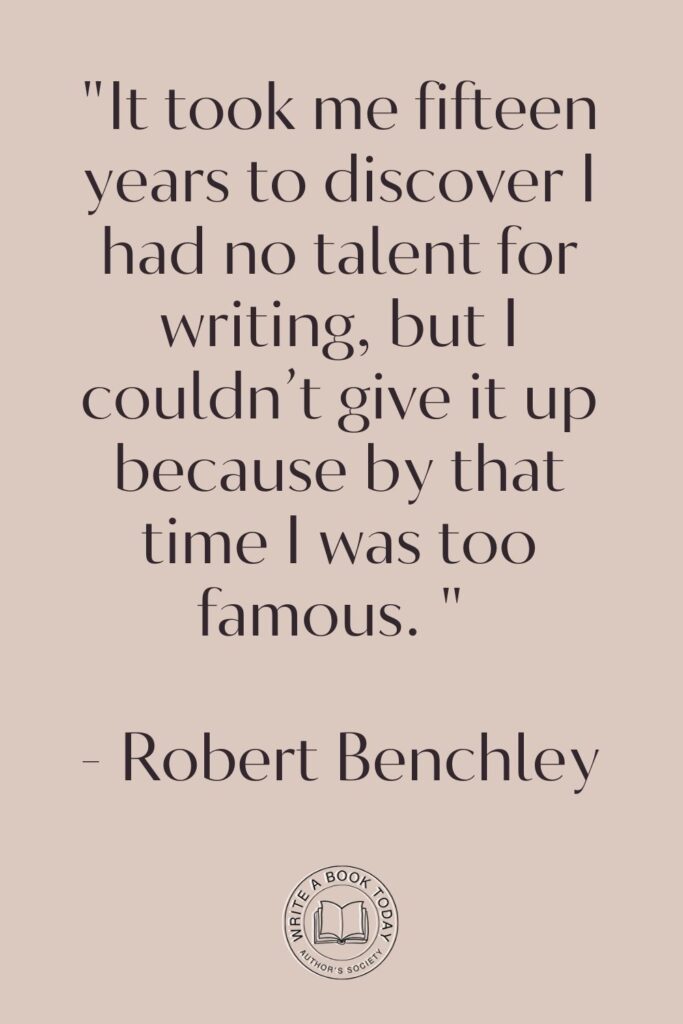
Incorporating Symbolism into Your Writing
Integrating symbolism into your writing requires thoughtfulness and creativity.
Here are some strategies to help you weave symbols seamlessly into your narrative.
Finding the Right Symbols
Choosing the right symbols involves considering your story’s themes and characters.
Look for objects or motifs that naturally align with the emotions or ideas you want to convey.
The symbol should complement the narrative, enhancing its meaning without overshadowing it.
To find the right symbols, think about the central themes of your story.
Consider how different objects or elements can reflect these themes and enhance the narrative.
Subtlety in Symbolism
Effective symbolism is often subtle, allowing readers to discover meanings on their own.
Avoid heavy-handedness by letting symbols emerge naturally within the story.
This encourages readers to engage with the text and draw their own interpretations.
Feeling lost with your debut novel?
Fiverr Pro connects you with expert editors, designers, and marketers – everything you need to get your book ready for success!

Building Symbolism Throughout Your Narrative
Symbols gain strength through repetition and development. Introduce them early in your story and let them evolve alongside the plot.
This creates a cohesive motif that reinforces the story’s themes and adds depth to the narrative.
| Type of Symbolism | Example | Meaning |
|---|---|---|
| Universal Symbols | Dove | Peace |
| Cultural Symbols | Locket | Family Secret |
| Character Symbolism | Harry’s Scar | Survival |
Symbolism in Action: Examples from Literature
Examining how authors have used symbolism in their works can provide inspiration for your own writing.
Let’s explore some classic examples of symbolism in novels, poetry, and film.
Classic Symbolism in Novels
F. Scott Fitzgerald’s “The Great Gatsby” is a treasure trove of symbolism.
The green light at the end of Daisy’s dock represents Gatsby’s unattainable dreams and the elusive nature of the American Dream.
Similarly, in “Lord of the Flies,” the conch shell symbolizes order and civilization, its destruction marking the descent into chaos.
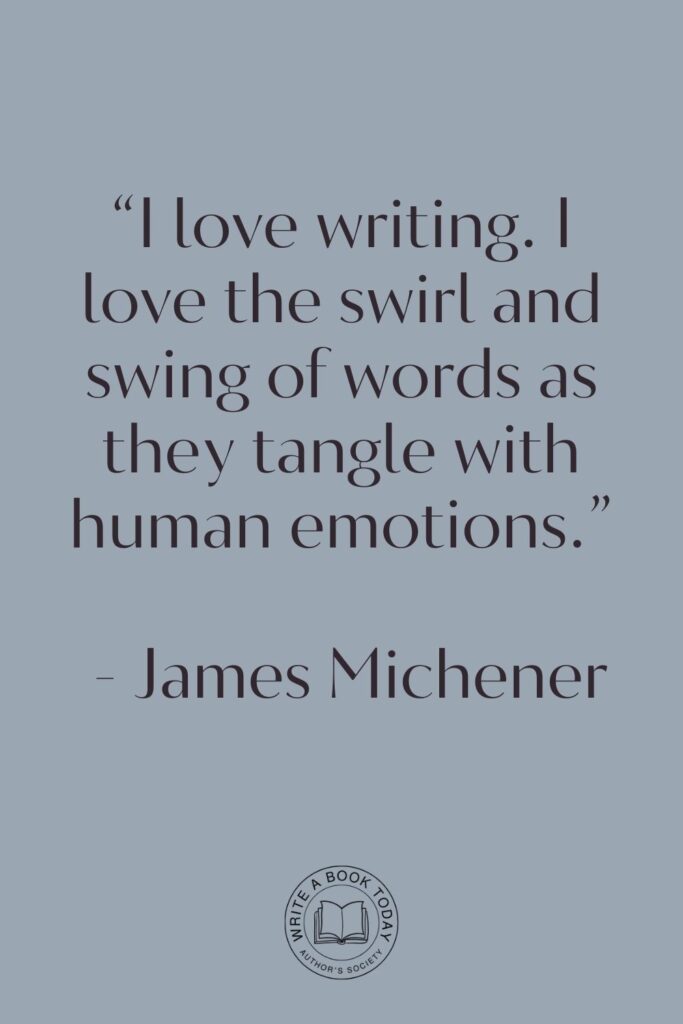
Symbolism in Poetry and Short Stories
Poetry often employs symbolism to convey complex emotions succinctly.
In Edgar Allan Poe’s “The Raven,” the raven symbolizes loss and mourning, its repeated refrain of “Nevermore” echoing the narrator’s despair.
Short stories like Shirley Jackson’s “The Lottery” use symbols like the black box to critique blind adherence to tradition.
Symbolism in Film and Visual Arts
Films also harness the power of symbolism to enhance storytelling.
In “Citizen Kane,” the sled Rosebud symbolizes lost innocence and the protagonist’s yearning for simpler times.
The use of color in films, such as the red in “The Sixth Sense,” can foreshadow events and evoke specific emotions.
Exploring the Emotional Impact of Symbolism
Symbolism is not just a narrative device; it is a powerful tool for creating emotional resonance and engaging readers on a deeper level.
Creating Emotional Resonance through Symbols
Symbols can evoke emotions by tapping into shared cultural meanings or personal associations.
A single symbol, like a wilting flower, can convey themes of decay or lost opportunities, resonating with readers on an emotional level.
No marketing platform? No social following? No problem!
Publisher Rocket helps you market your debut novel like a pro.
It’s a gamechanger for debut authors – try it today!


Symbolism and Reader Engagement
By inviting readers to interpret symbols, authors encourage active engagement with the text.
This interaction fosters a deeper connection to the story, making it more memorable and impactful.
- Universal symbols like the heart or dove evoke shared cultural meanings.
- Personal symbols reflect a character’s unique journey and emotions.
- Subtlety in symbolism invites readers to uncover hidden meanings.
Unlocking the Secrets of Effective Symbolism
Mastering symbolism requires balancing creativity with subtlety. Here are some tips for using symbolism effectively in your writing.
Avoiding Clichés in Symbolism
While universal symbols are powerful, relying too heavily on clichés can weaken your narrative.
Instead, strive for originality by finding fresh symbols that align with your story’s themes.
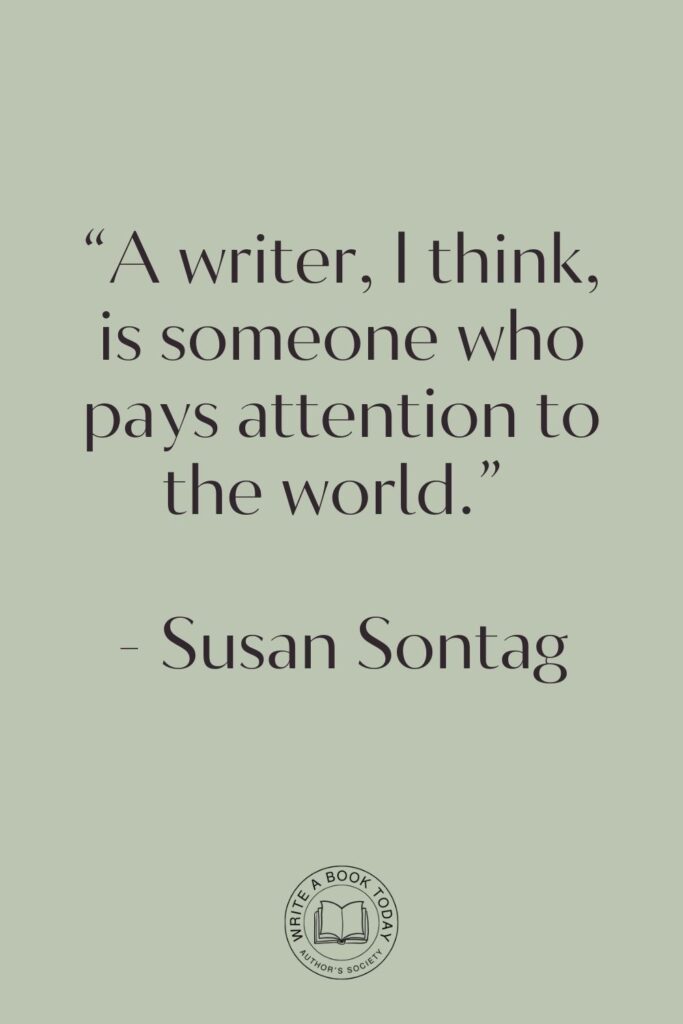
Encouraging Reader Interpretation and Reflection
Leave room for readers to interpret symbols in their own way.
This open-ended approach invites reflection and discussion, enhancing the reader’s experience and connection to the story.
Encourage reader interpretation by using ambiguous symbols that can have multiple meanings.
This invites readers to engage with the text and form their own conclusions.
Sharing Your Symbolism Journey
As you experiment with symbolism in your writing, consider sharing your journey with others.
Discussing symbolism can inspire new ideas and enrich your understanding of this powerful literary device.
Inviting Feedback and Discussion on Symbolism
Engage with fellow writers and readers to explore different interpretations of symbols.
This exchange of ideas can provide valuable insights and enhance your storytelling skills.
Call to Action: Your Symbolism Experiences
We invite you to share your experiences with incorporating symbolism into your writing.
How have symbols enhanced your narratives?
What challenges have you faced?
Join the conversation and discover new ways to enrich your storytelling through the art of symbolism.
Experiment with different types of symbols in your writing. Whether universal or personal, each symbol can add a unique layer of meaning to your story.


